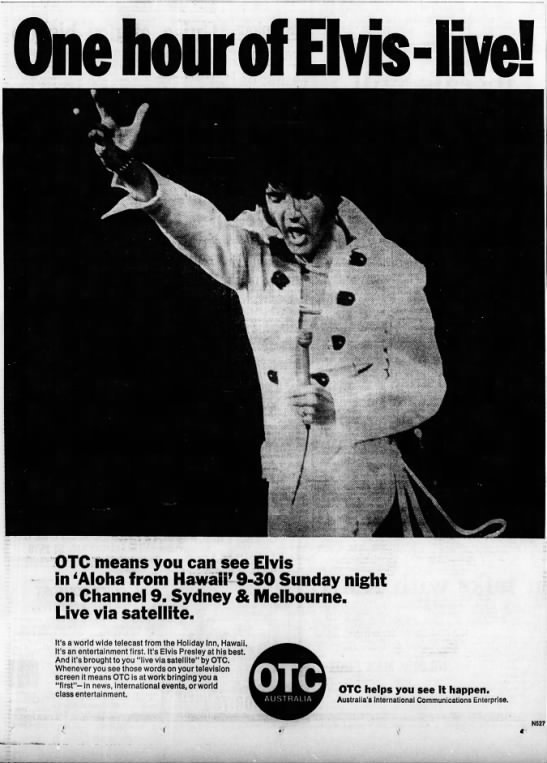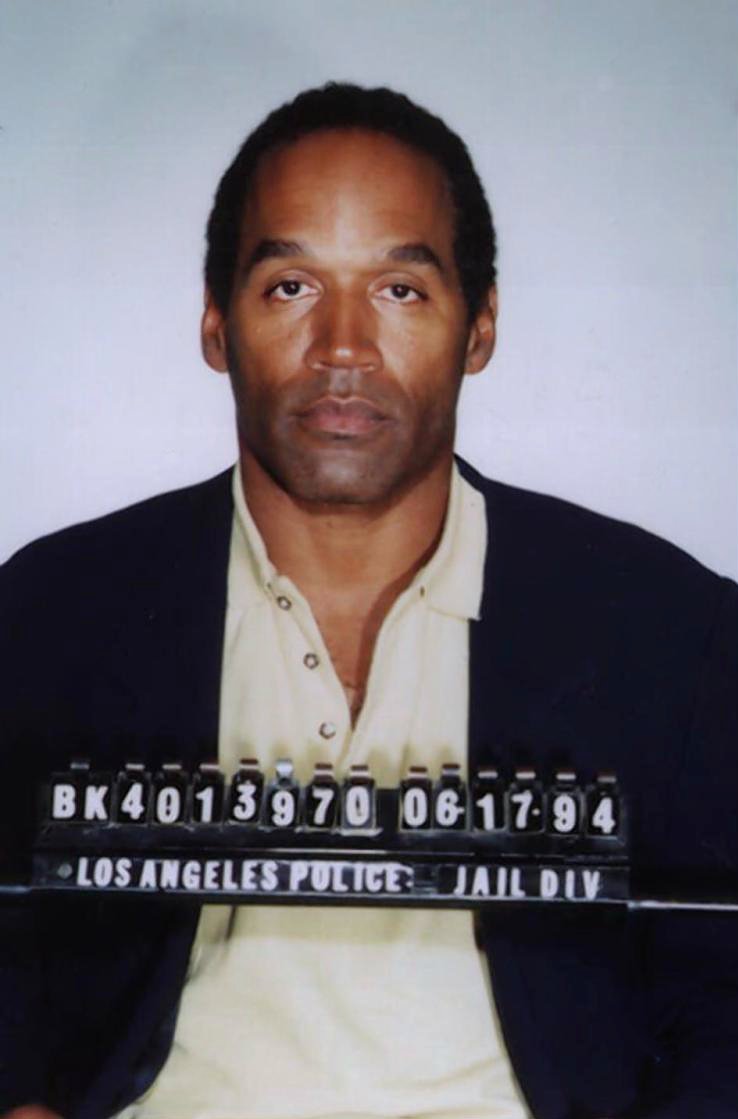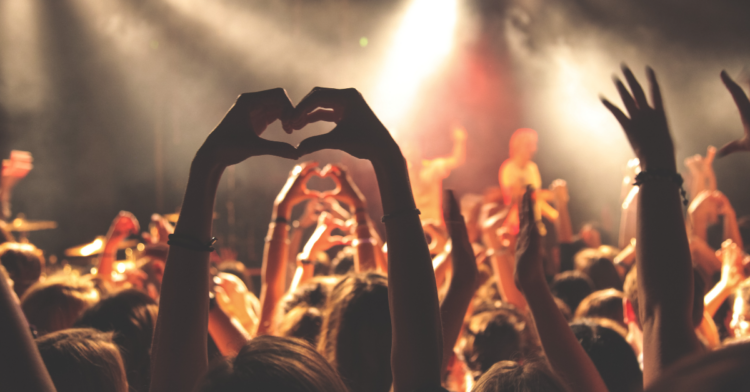Live TV events can have a way of spontaneously capturing a huge audience. Whether it’s a planned event, like a beloved TV series showing its last episode, or something unexpectedly world-altering, like a major catastrophe, watching these live events has a way of marking a moment in time.
Let’s check out some of the biggest live events in TV history.
UEFA Euro 2020 (2021)

We’ll kick things off with a more recent event — the 2020 European football championship, which was actually held in 2021 due to the COVID-19 pandemic. Italy beat England in a thrilling final, in what was one of the most viewed sporting events in television history.
M*A*S*H series finale (1983)

The final episode of the long-running series stretched two and a half hours and resolves several storylines as the crew tears down the camp for the final time.
The event was watched by millions of people and was so massive that 30-second commercial spots sold for more than those in the Super Bowl that year.
Richard Nixon’s resignation speech (1974)

An event that’s still unprecedented in the history of the U.S. presidency, Richard Nixon announced he would step down in a live address from the Oval Office. His resignation came as a result of the Watergate scandal, and was viewed around the globe.
Seinfeld series finale (1998)
The MASH and Cheers series finales proved that final episodes of beloved TV series could be massive cultural events, and the one-plus hour airing of Seinfeld ‘s finale (appropriately titled “The Finale”) was perhaps the biggest yet.
While the episode itself was poorly received, it was viewed in watch parties around the world.
Aloha from Hawaii via Satellite (1973)

One of Elvis Presley’s most iconic concerts was made possible by satellite technology. It was shown life in Asia and Oceania on January 14, 1973, and seen via tape delay later in Europe and the United States.
1984 Summer Olympics (1984)

Thanks to a boycott of the Games by 14 Eastern Bloc countries, including the Soviet Union, the United States was able to bring home record hauls in gold and overall medals. It was also a massive media event and is considered to be the most financially successful modern Olympic Games.
Michael Jackson’s memorial service (2009)

The death of the King of Pop in 2009 sent shockwaves around the world. The memorial service for Michael Jackson took place twelve days later at the Staples Center in Los Angeles. The event was punctuated with live performances from Mariah Carey, Stevie Wonder, Lionel Richie, and others.
David Copperfield’s Statue of Liberty stunt (1983)
What was a relatively benign magic trick, accomplished by seating the audience on a subtly rotating stage, the magician’s trick, in which he appeared to make the iconic statue disappear, blew people away back in 1983.
Geraldo opening Al Capone’s vault (1986)

This is one of those events that’s largely forgotten today, but was a massive deal in 1986. TV host Geraldo Rivera hyped his upcoming live special, where he was set to open the notorious mobster’s vault.
Some 30 million viewers tuned in to witness Rivera revealing a vault full of nothing.
The Moon Landing (1969)
Perhaps the biggest watershed moment of the 20th Century, the Apollo 11 moon landing was seen live on television around the globe. It’s still incredible to think that people were able to watch, in real time, something that was happening close to a quarter million miles away.
Live Aid (1985)

An innovative live music event that featured performances by some of the biggest names in the business on both sides of the Atlantic Ocean, Live Aid wouldn’t have been possible without satellite technology. The 16-hour-long event raised over $125 million for famine relief.
Y2K (1999-2000)

In hindsight, it was a massive case of much ado about nothing, but in 1999 the spectre of what would happen when the clock struck midnight on December 31 weighed heavily on many people’s minds. TV news breathlessly covered happenings as the clocks rolled over.
The Loma Prieta earthquake (1989)

The World Series, which featured one Bay Area team against the other, was how many people found out about this massive earthquake in real time.
As the broadcast went offline, a 6.9 magnitude earthquake hit the Bay Area, killing 67 people.
The Royal Wedding Of Charles and Diana (1981)

Prince Charles, the Prince of Wales, married Diana Spencer, the soon-to-be Princess of Wales, in a lavish ceremony at St. Paul’s Cathedral.
The event was a big, big deal in England, with 28.4 Britons watching, while about 750 million people watched worldwide.
Operation Desert Storm (1991)

After Iraq invaded Kuwait in 1990, coalition forces, led by the United States, invaded Iraq in early 1991.
The U.S. presence didn’t last long, but the around-the-clock news coverage was the first of its kind, leading to a new era in how major events get covered.
The O.J. Simpson verdict (1995)

One of many trials dubbed “the trial of the century”, the O.J. Simpson case pretty much lived up to that billing. The whole trial was broadcast live on CourtTV, which built up to a fever pitch as the ‘not guilty’ verdict was announced on October 3, 1995.
The O.J. Simpson chase (1994)
While the O.J. trial was its own kind of media spectacle, the bizarre low-speed car chase after O.J. Simpson became a suspect in a double homicide was a media sensation.
It was such a big deal that networks cut away from coverage of the NBA finals and Angelenos gathered on highway overpasses to cheer him on.
The Challenger disaster (1986)

It was always an event when a space shuttle lifted off from Cape Canaveral, and indeed, many classrooms across the country were watching when the Challenger took off on January 28, 1986. Unfortunately, things went terribly wrong and the shuttle broke apart in mid-air, leaving no survivors.
Princess Diana’s funeral (1997)

The death of Princess Diana in a Paris tunnel in 1997 sent shockwaves around the globe, and the events that followed showed just how beloved the Princess of Wales truly was. Her funeral service, centered around Westminster Abbey, was watched by an estimated 2.5 billion people around the world.
9/11 (2001)

Anyone who’s old enough to remember 9/11 as it happened likely has perfect recall of this day. As TV networks scrambled to provide continuous coverage of the events in New York, Washington and Pennsylvania, the events of 9/11 caused ripple effects that are still being felt to this day.
















































